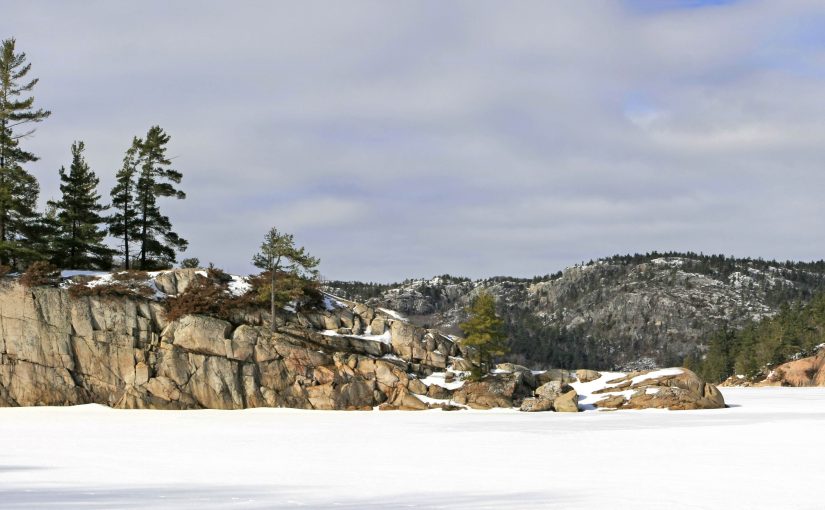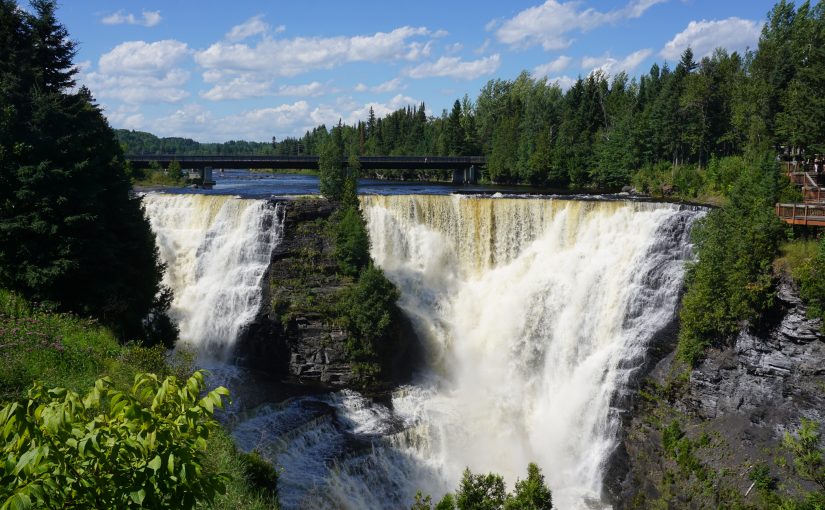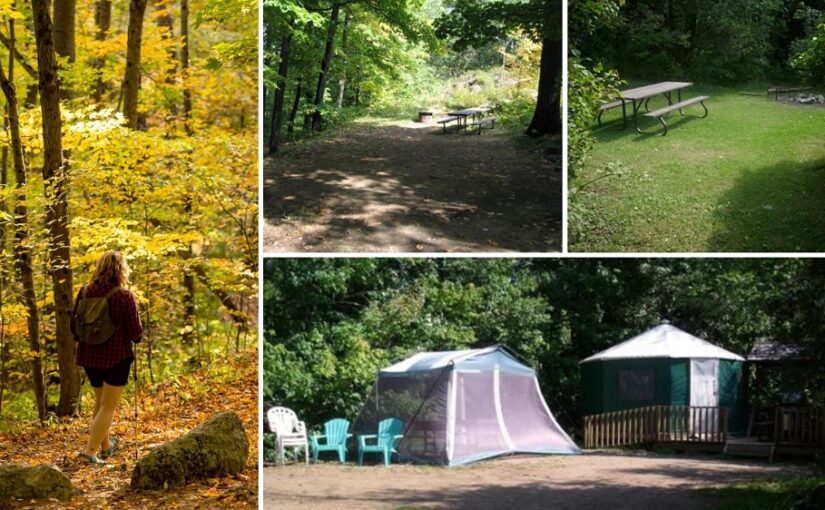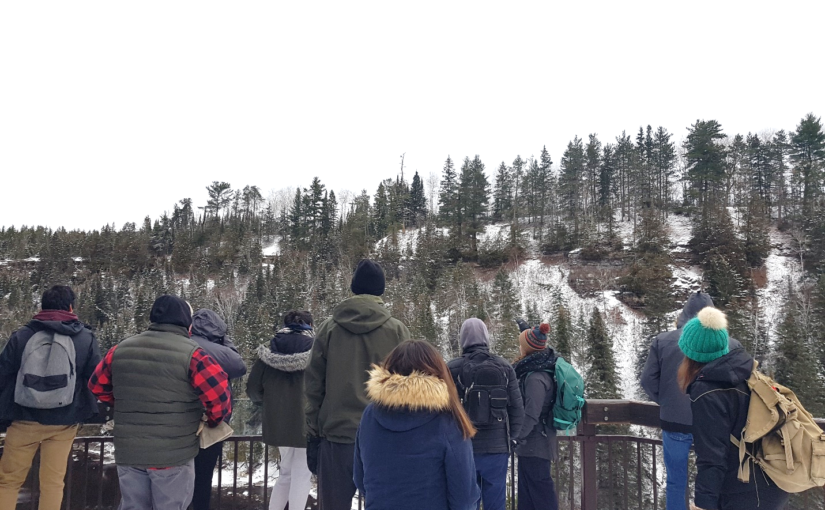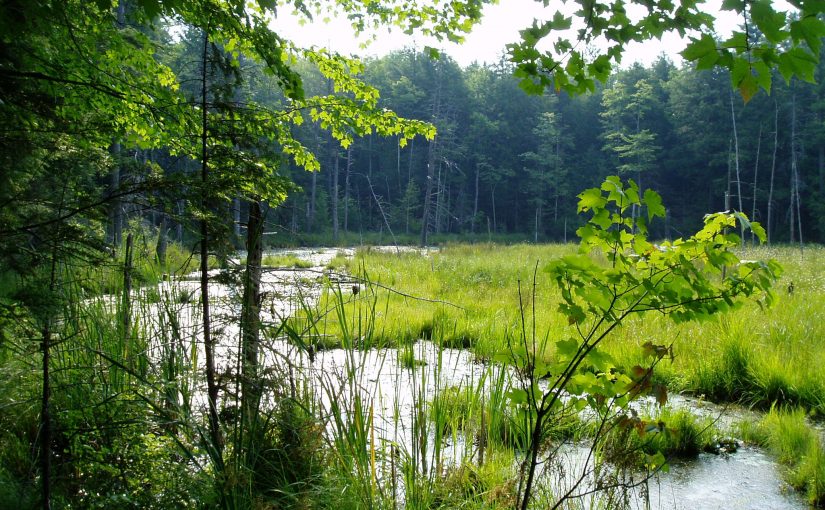One of my favourite signs is from a lookout over the Grand Canyon. It simply says,
ONE MINUTE.
DON’T READ.
DON’T TALK.
NO PHOTOS.
JUST LOOK…..AND SEE.
It is something that I hope you will do often when you visit our parks or other natural areas in Ontario. But how about this variation?
TWO MINUTES.
PUT DOWN YOUR PHONE.
DON’T READ.
DON’T TALK.
SIT QUIETLY…AND LISTEN.
And you can do that right now.
Below are some one to two minute recordings of birds and amphibians. Several organizations contributed recordings from across the province.
On these recordings you will hear a multitude of bird, amphibian, and perhaps some insect species. You will even hear wolves in the recording from Ivanhoe Lake Provincial Park!
So put on some headphones, sit quietly, and simply listen to these natural soundscapes.
You may need to increase the volume on your computer or device to hear them properly. Just don’t start at full volume! Download them to your computer or other device if you wish.
How do I survey birds and amphibians?
I Listen.
A trained person can identify bird or amphibian species from their distinctive calls. When I was an intern, I first trained by accompanying a more experienced birder. Now I listen to recordings of bird songs and amphibians calls. It is a skill one needs to practice to maintain.
There are great training apps for computers, tablets and smart phones. There are also websites, such as the Cornell Lab of Ornithology’s Macaulay Library.
Surveying for birds can be passive or active. In passive surveying, I listen for a five or 10 minute period and record all the species I hear.
However, some species rarely call. For these species I use a portable sound system to broadcast their calls, and wait for a response. Broadcasting calls is a form of harassment, so I do it only a few times at any one site.
We strongly discourage park visitors from broadcasting calls, unless it is a research activity that we have reviewed and approved.
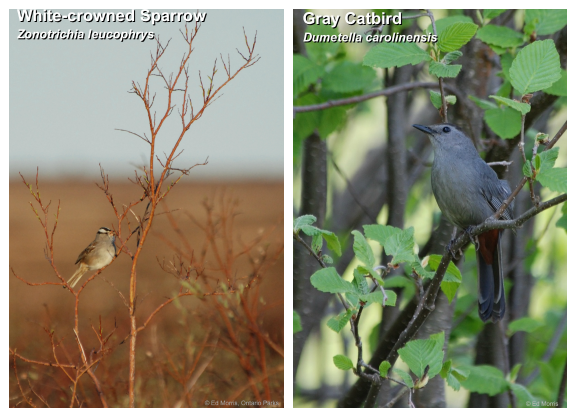
Why do I survey birds and amphibians?
Sometimes I just want to know what species occur in our various parks.
Sometimes I am looking for specific birds or amphibians, such as a species at risk.
Which ones are common? Which species are rare? What kind of habitat do they need?
Over time I could discover population trends that alarm me, comfort me, or even excite me. And sometimes I survey birds for environmental assessments, so that I understand which species may be affected by a new development or restoration project.
Why do birds and amphibians “sing”?
A pair of birds may call to each other as part of courtship behaviour. Birds may call to communicate with other members of their family or flock. However, most of the time it is the males that sing. For them it is all about defending territory and trying to impress a mate. They are basically saying “This is my land. Keep out!” and “Hey ladies….check out MY colours!”
In songbirds, the song is learned from parents at an early age. For the researcher, young males practicing their ‘voice’ can be misleading. Within some bird species the variation in songs can be interesting, or even frustrating. For example, the American Redstart has several song variations.
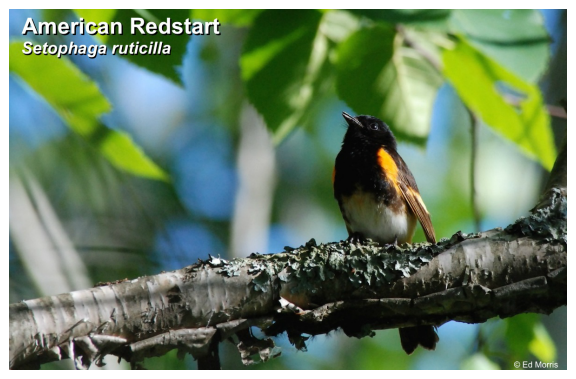
What’s that green box strapped to the tree?
A few years ago I invested in a few automated recording devices. These can be programmed to record at certain times of day, for almost any length of time. At a minimum it is a 10-minute recording half an hour after sunrise, and a 5-minute recording half an hour after sunset.
These devices increase my ability to survey birds and amphibians. Essentially, they allow me to be in more than one place at the same time.
They may also record things I otherwise would not hear. Why? Some species know when I am present, and may remain silent or avoid me. But they behave normally if only the device is present, and are more likely to be recorded.
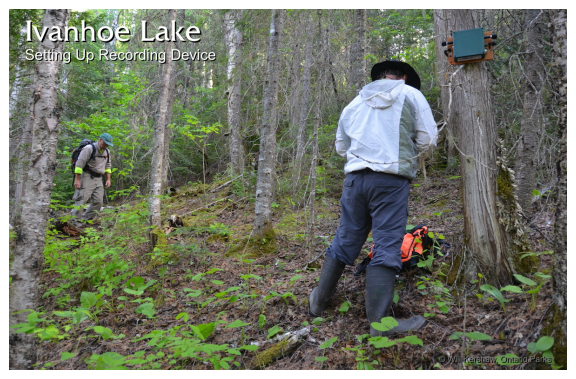
I take the device back to the office, download the recordings, listen to them, and record what I hear. I can listen to the recording as many times as needed. I am much less likely to miss or misidentify a bird than an on-site survey. And if still unsure, I can extract the confusing call and send it to an expert.
Can’t the computer identify the species for you?
Yes, but…

Current computer software may be used to search for calls of specific species, but I would have to train the software to recognize them.
I am interested in recording the entire bird and calling amphibian community, so I have not explored this software capability. Manually interpreting the recordings also ensures that I maintain or improve my ability to identify all species when I am working in a park.
I do use software to help me interpret what I hear, however. The software can help me isolate particular sounds from background noise, or sometimes the sounds of other species. It also produces a graphical representation of the bird’s or amphibian’s song: a sonogram. Different species produce distinctive patterns.
Sit quietly…and listen!
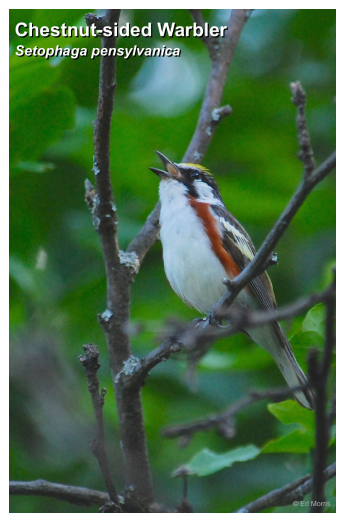
After hours of intense listening, interpreting, and tabulating data, I realized I had been mentally dissecting the recording but not really listening. I “rewound” the recording and just enjoyed it without concerning myself with what species were calling.
So take a few quiet moments, sit back, and listen to these recordings. You may find yourself transported to another place and time.
Ed Morris
Ecologist, Northeast Zone
Additional recordings supplied by:
- Evan McCaul, Ontario Parks, Northwest Zone
- Janet Jackson, Natasha Formsma, Dean Phoenix of MNRF Science & Research Branch (Thunder Bay, South Porcupine)
- Dr. Lauren Fitzsimmons
- Dr. Doug Tozer, Bird Studies Canada
